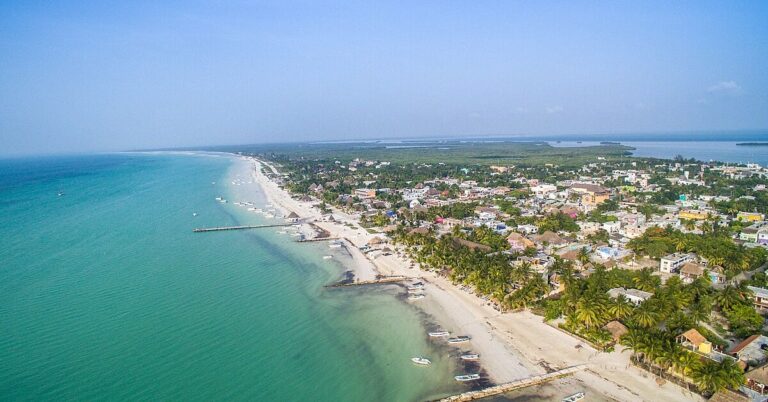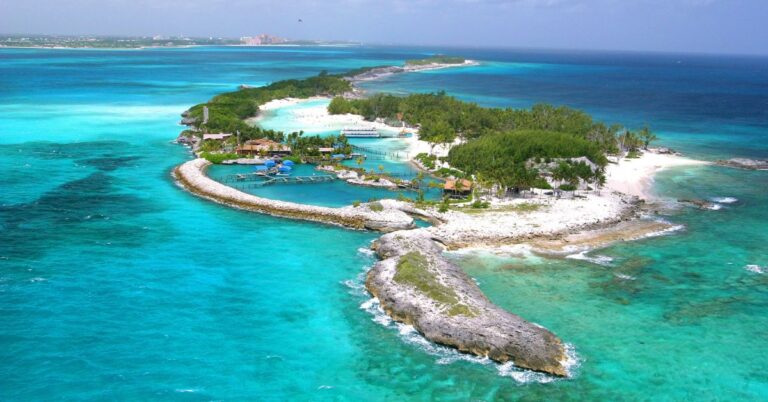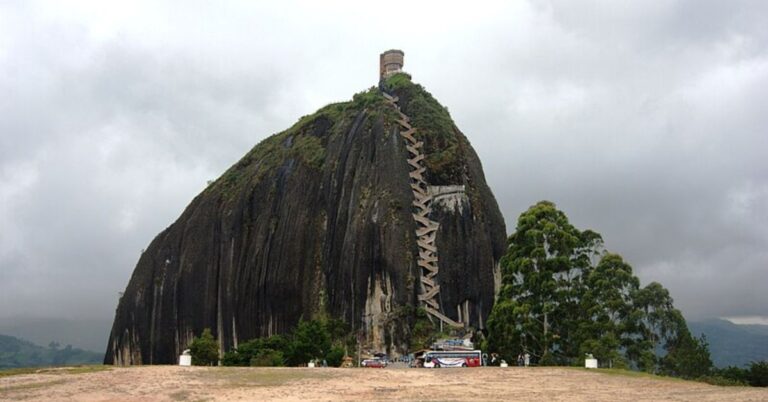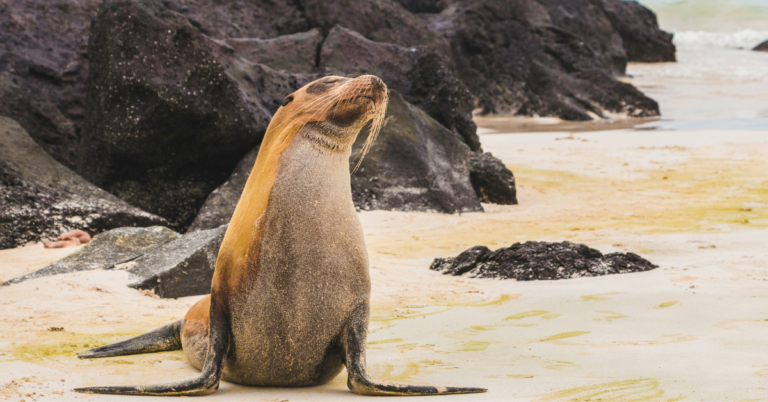Explore 25 Remote Islands In The Philippines For An Unforgettable Escape
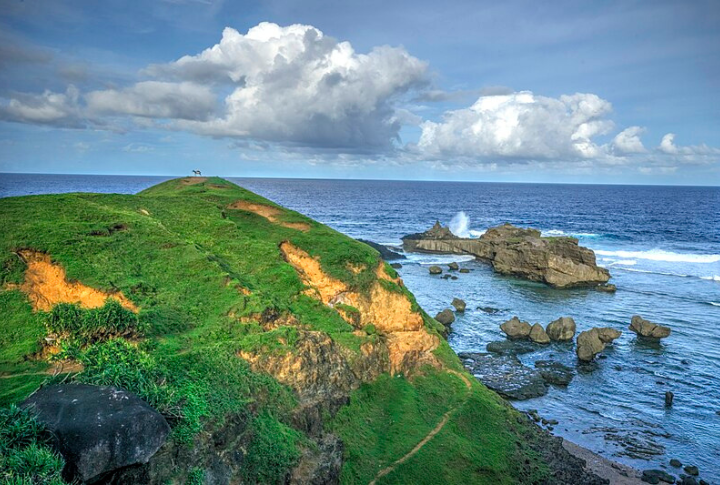
The Philippines has over 7,600 islands, yet most travelers only explore a handful of its popular destinations. Beyond the bustling beaches of Boracay and the famous lagoons of Palawan lie hidden gems—pristine islands isolated from mass tourism. Here are 25 remote Philippine islands where you can quietly enjoy nature in its purest form.
Alibijaban Island (Quezon)
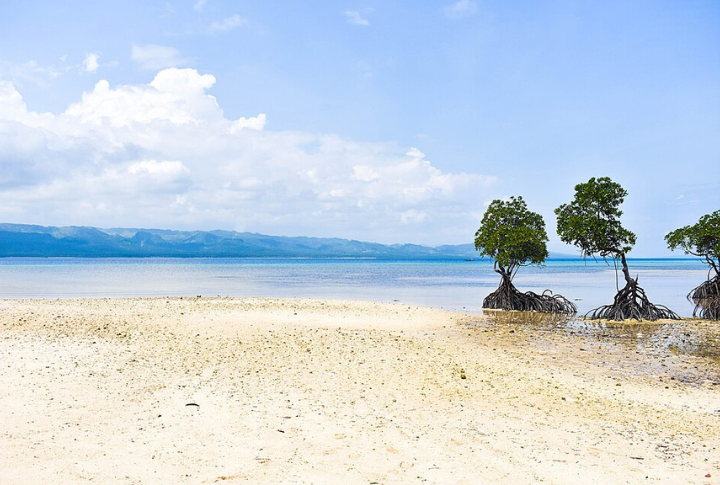
Alibijaban Island is a serene paradise off the coast of San Andres in Quezon province, hailed for its dense mangrove forests and unspoiled beaches. Its waters are rich in marine life, making it a haven for snorkelers and divers. During low tide, sandbars emerge and stretch far into the sea, which adds to its untouched charm.
Batanes
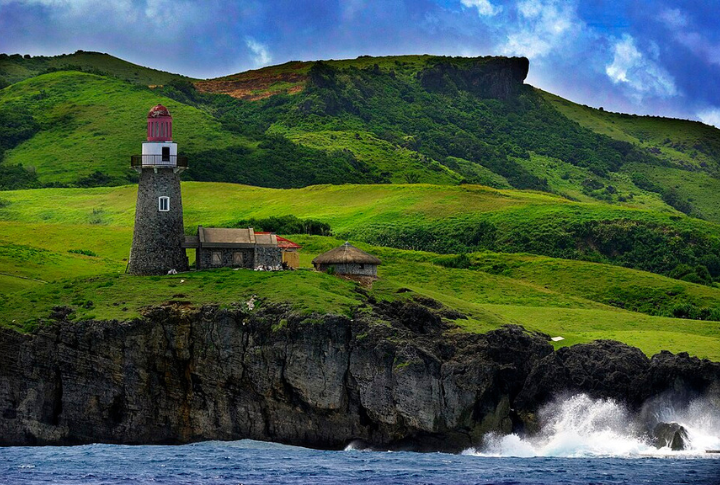
Batanes, the northernmost region of the Philippines, features rugged cliffs, traditional Ivatan stone houses, and several breathtaking locations rarely found elsewhere. Due to its remote location, Batanes is largely untouched by modern development. Visitors can tour historical sites like the House of Dakay, one of the oldest Ivatan stone houses still standing.
Cresta De Gallo (Romblon)
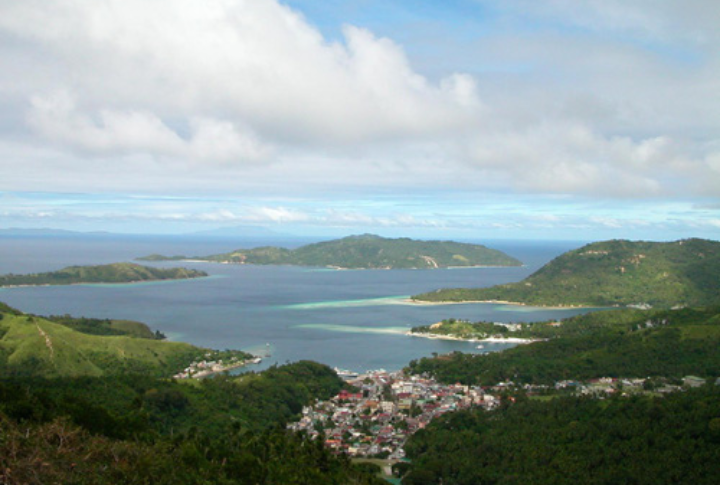
This remote islet near Sibuyan Island in Romblon province is known for its long, shifting sandbar. With no commercial establishments, this paradise offers pure white sands and crystal-clear waters. The island is best visited early in the morning when the tide is low. Because of the area’s remoteness, travelers must, however, bring their own supplies.
Panampangan Island (Tawi-Tawi)
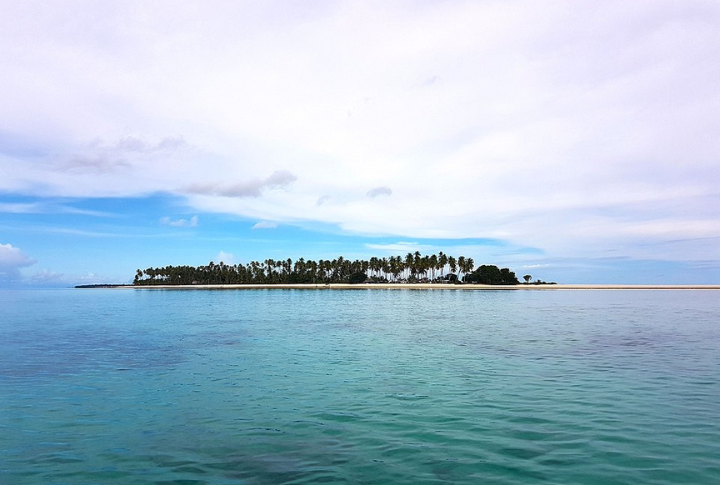
Home to the longest sandbar in the Philippines, Panampangan Island stretches for nearly three kilometers. The island is in Tawi-Tawi, one of the country’s most secluded provinces, and is known for its pristine, powdery white sands and turquoise waters. Its remoteness has kept it largely untouched, with only a few locals visiting from nearby islands.
Palaui Island (Cagayan)
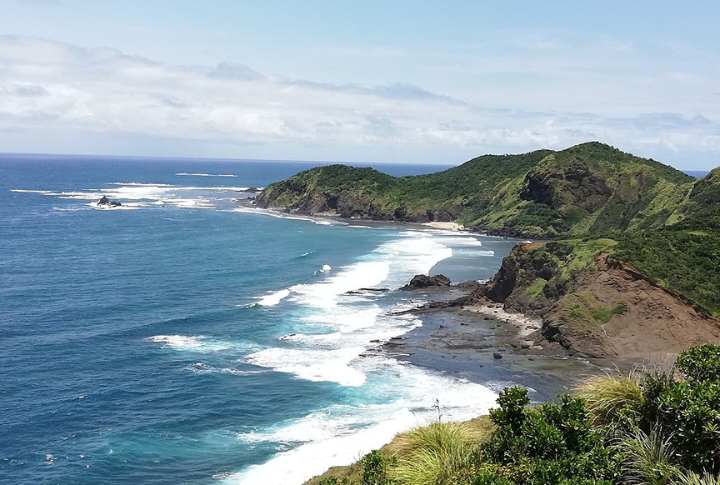
Reaching Palaui Island requires a boat ride from Sta. Ana, Cagayan, and a trek through the jungle or along the shoreline. Located northeast of Luzon, this site is a protected national park with rich biodiversity. It features dense forests, secluded coves, and scenic cliffs and is favored by hikers and nature lovers.
Seco Island (Antique)
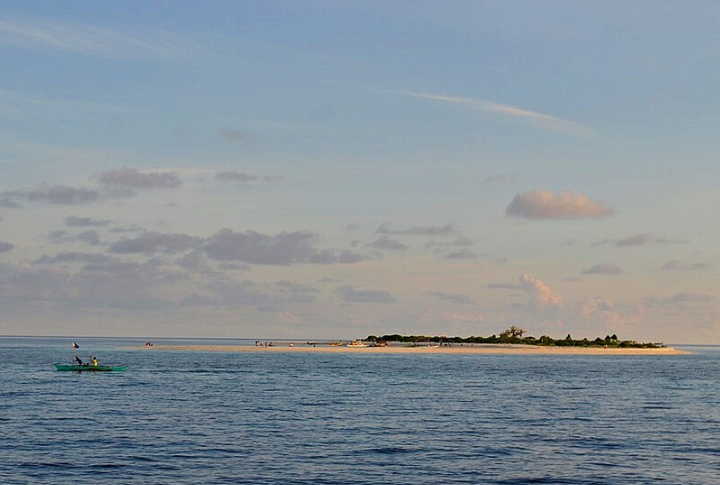
Kitesurfers and adventure seekers looking for a remote paradise regularly visit Seco Island. Surrounded by clear blue waters, this spot is best visited during the dry season when the sun is high and the waters are calm. The journey requires a two-hour boat ride from Tibiao or Culasi.
Jomalig Island (Quezon)
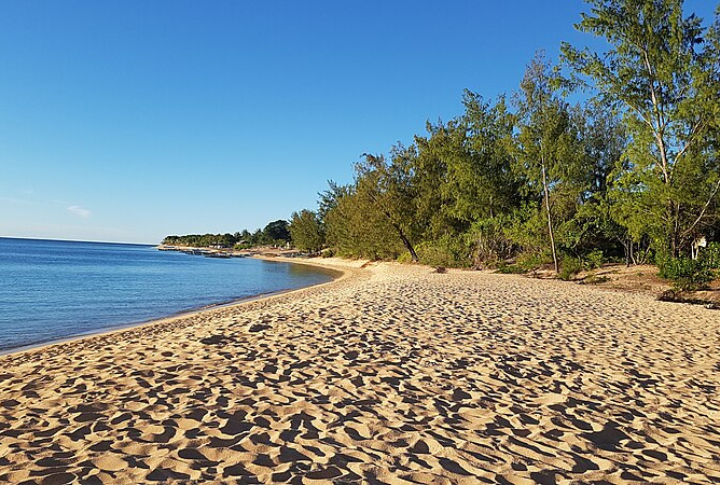
As a remote paradise off the coast of Quezon, Jomalig Island has golden sand beaches and crystal-clear waters. Unlike the typical white sand beaches of the Philippines, Jomalig’s unique golden shoreline is an outstanding contrast against the blue sea. The island is sparsely populated, with locals primarily relying on fishing and agriculture.
Digyo Island (Leyte)

This island belongs to the Cuatro Islas group in Leyte, a set of four undeveloped islands featuring pristine beaches and clear waters. Digyo’s small size allows visitors to explore its entire stretch on foot in a few minutes. Its powdery white sand and varied marine life make it a great place for snorkeling and beach camping.
Cibang Cove (Calayan Island, Cagayan)
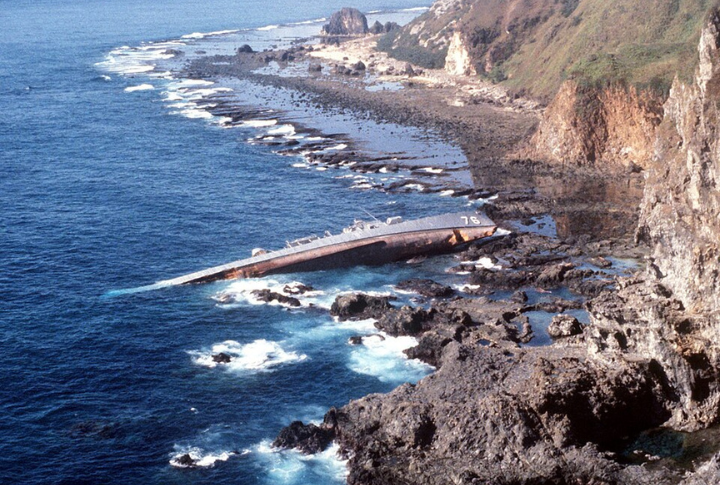
The cove features powdery white sand, dramatic limestone cliffs, and rolling hills, creating a postcard-perfect terrain. Due to its remote location, reaching Cibang Cove requires a challenging boat ride from the Luzon mainland, often taking five to six hours. Its surrounding waters are home to rare marine species, adding to the island’s allure.
Onok Island (Balabac, Palawan)
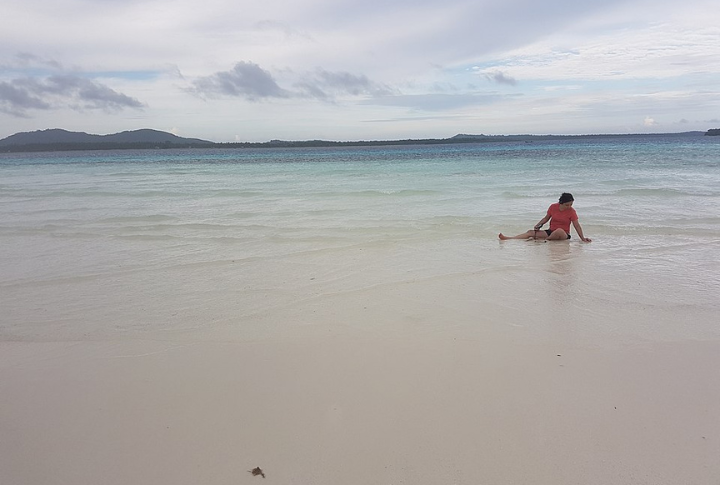
Snorkeling around Onok Island reveals stunning coral reefs and colorful fish, which attract marine-life enthusiasts. The journey to Onok involves multiple boat transfers, adding to its off-the-grid appeal. Onok Island is part of the Balabac group, known for its untouched beauty and rare wildlife, like the endemic Philippine mouse deer.
Little Sta. Cruz Island (Zamboanga)
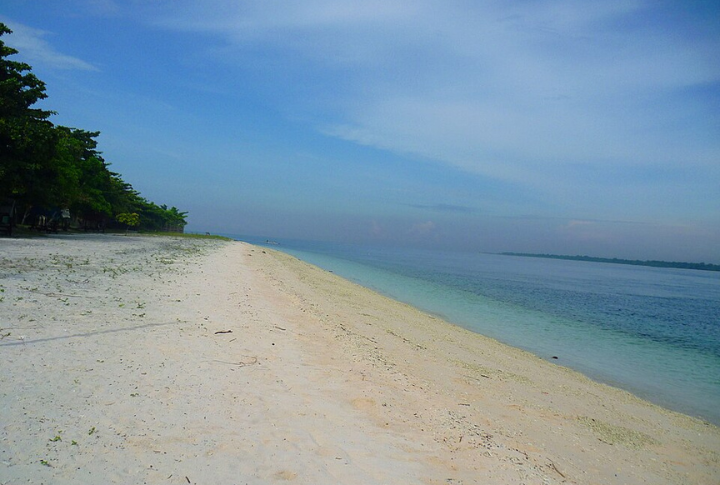
The waters surrounding Little Sta. Cruz Island habors diverse marine life. This island is famous for its rare pink sand beach, which is formed when crushed red corals mix with white sand. Travelers can explore the nearby lagoon, which is teeming with mangroves and exotic bird species.
Balut Island (Sarangani, Davao Occidental)
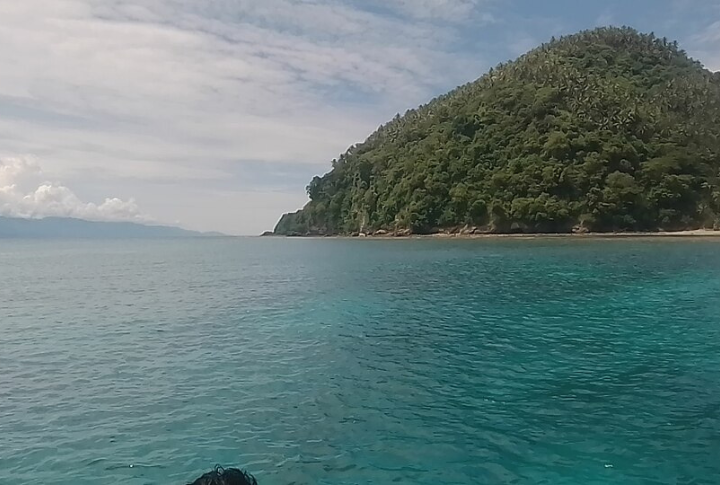
Balut Island, a volcanic island near the southern tip of Mindanao, has rugged landscapes and hot springs. It is home to the Sangil people, an Indigenous community with a rich cultural heritage. Its coastlines feature pristine beaches, while lush forests and Mount Balut dominate its interior.
Bitaog Beach (Dinagat Islands)
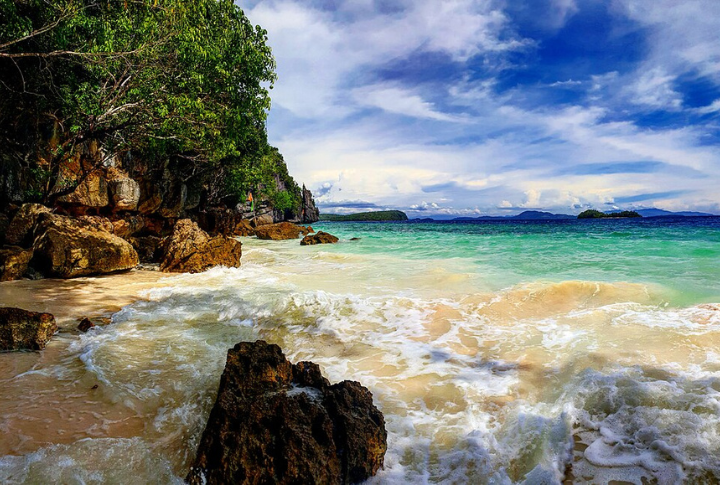
Travelers to Bitaog Beach enjoy its serene beauty without the usual tourist crowds. This secluded spot borders lush vegetation and limestone formations, creating a perfect postcard setting. Snorkeling and freediving in its waters reveal vibrant coral reefs teeming with marine life.
Camiguin Norte (Babuyan Islands)
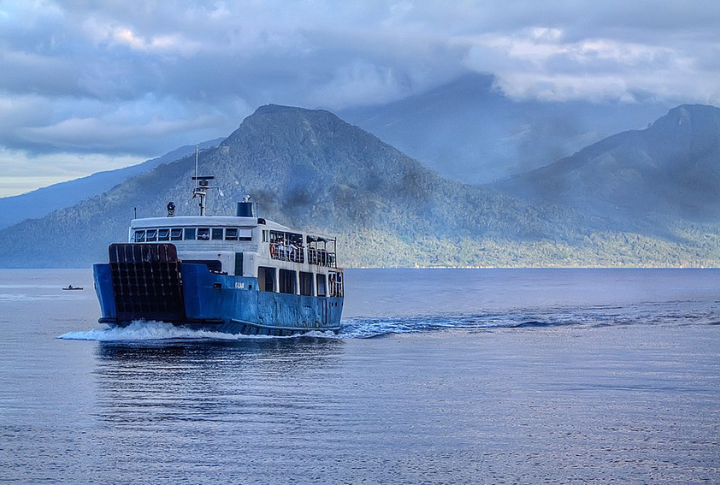
Camiguin Norte is one of the most isolated islands in the Babuyan archipelago. It is popular for its rugged cliffs and rich marine biodiversity. Because of its remoteness, only a handful of travelers venture here, usually for birdwatching or exploring its landforms. The waters are home to rare marine species, making it a must-visit for wildlife enthusiasts.
Pujada Island (Davao Oriental)
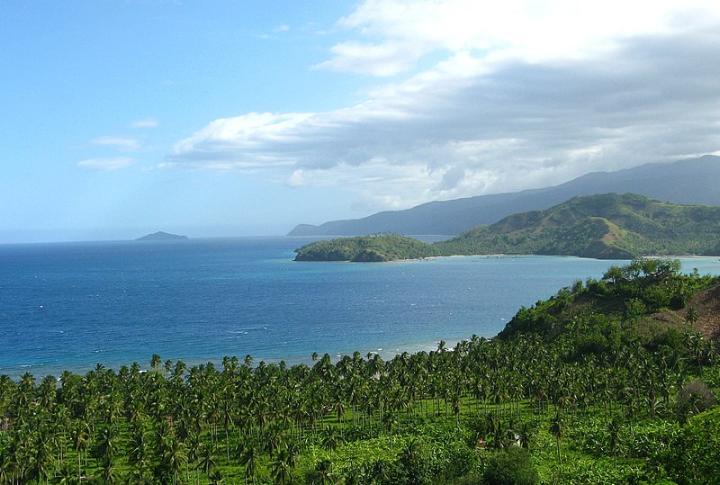
The main defining features of Pujada Island are its soft white sand and crystal-clear waters. Located in the tranquil waters of Pujada Bay, it is surrounded by vibrant coral reefs. Its untouched beauty and limited accessibility ensure that only a few visitors experience its serene atmosphere. Pujada is best visited by boat from Mati, Davao Oriental.
Kalupag Island (Tawi-Tawi)
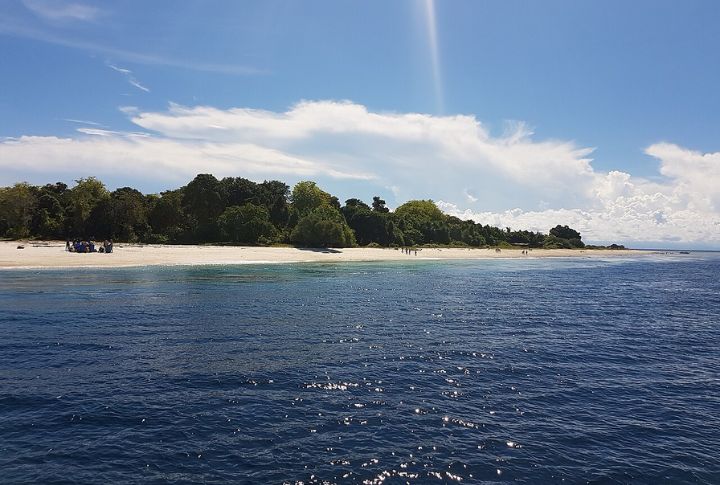
Kalupag Island, one of the most isolated islands in Tawi-Tawi, has rich marine life and dense palm forests. Diving in the surrounding waters reveals diverse marine ecosystems, including colorful corals and rare fish species. Due to its location near the southernmost tip of the Philippines, few travelers journey here.
Cawan Island (Samar)
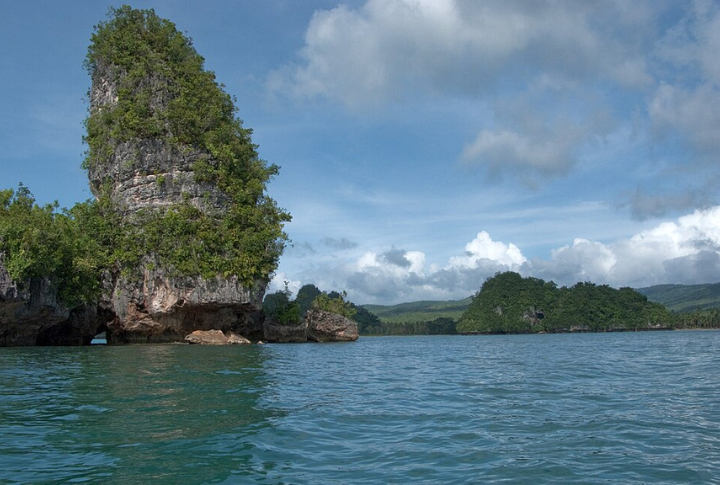
Situated off the northern coast of Samar, Cawan Island remains virtually untouched by mass tourism. It features powdery white sand beaches, crystal-clear waters, and lush coconut trees without commercial structures or resorts. The only visitors you’ll likely encounter here are local fishermen and a few intrepid explorers who arrive by small boat.
Sicolab Island (Romblon)
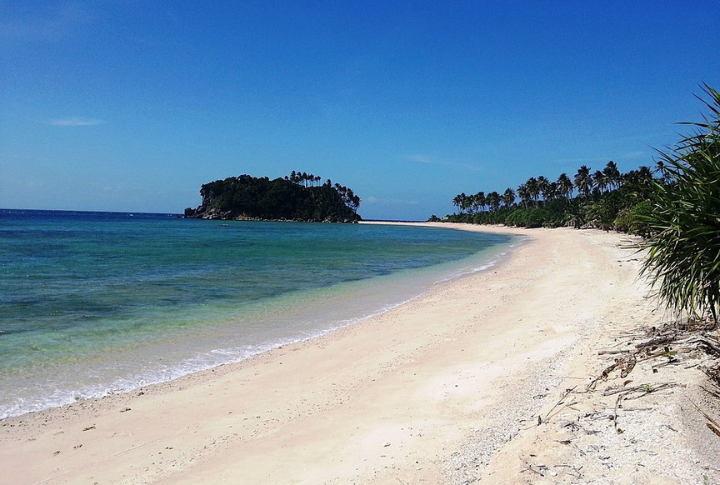
Sicolab Island lies off the coast of Romblon province, far from the usual tourist tracks. This rugged, peaceful isle features rocky outcrops and shallow coral gardens waiting to be explored. The only way to get there is by chartered boat with local fishermen who know the area. There are no resorts, shops, or even proper trails.
Tinalisayan Island (Masbate)
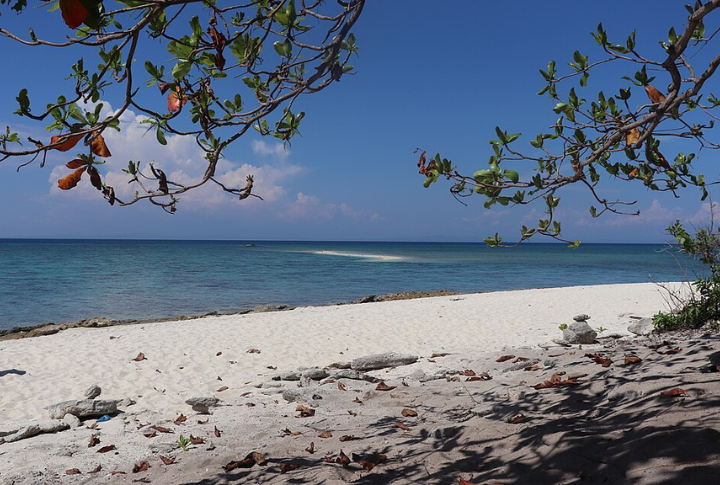
This spectacular sandbar island off the coast of Burias, Masbate, offers stunning natural visuals with zero tourist fuss. Surrounded by clear, turquoise waters, its defining feature is the long, curved white sandbar that stretches out during low tide. While nearby Sombrero Island sees a bit of tourist traffic, Tinalisayan remains blissfully quiet and undeveloped.
Pulang Daga Island (Masbate)

The name Pulang Daga can be roughly translated to “Red Rat” in Filipino. Still, this spot is far more beautiful than it sounds. Found along the rugged coastline of Aroroy, Masbate, this secluded island promises clean beaches, rolling hills, and peaceful waters rarely disturbed by motorized boats. A strong fishing community is nearby, but tourists are few and far between.
Tagubanhan Island (Antique)
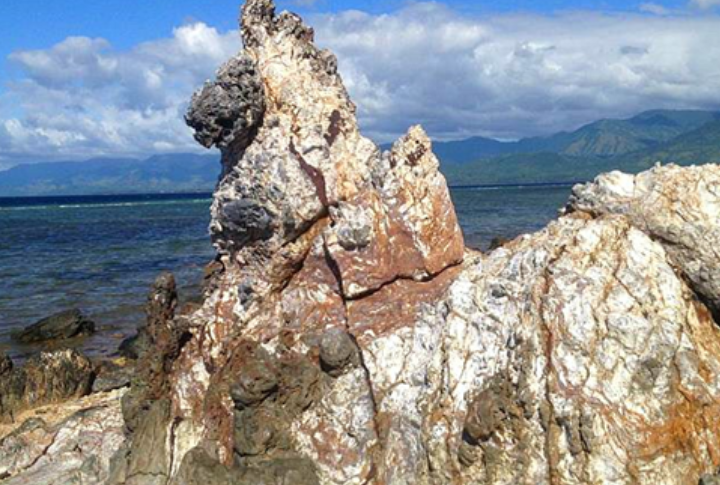
Tagubanhan Island belongs to the Culasi group in Antique and features calm waters and panoramic views of the surrounding seas. Unlike its better-known neighbors like Malalison Island, Tagubanhan has remained relatively obscure, with no tourist infrastructure or media presence. Accessible only via small boats guided by locals, this island gives visitors an authentic back-to-nature experience.
Colasi Island (Aurora)
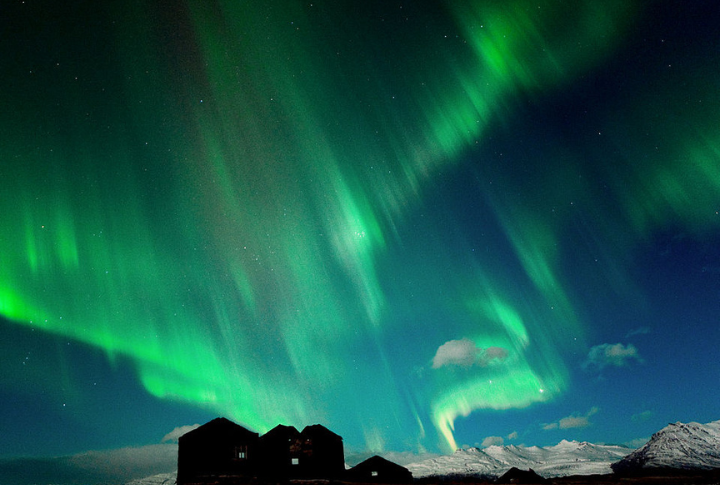
Found along the less-traveled Pacific coast of Aurora, Colasi Island has rugged charm and complete seclusion. Accessible from the remote town of Dinalungan, this tiny island has raw beaches and rock formations. The place has a mystical quality—perhaps because of its isolation and the almost eerie silence broken only by seabirds and the ocean breeze.
Mararison Island (Antique)
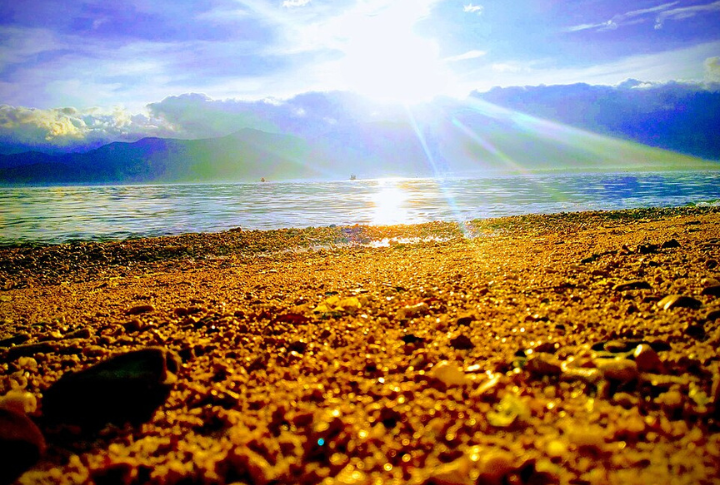
Mararison Island is the most modestly developed entry on this list, yet it stands as a hidden gem for many tourists. Situated just off Culasi, the island boasts golden-sand beaches and rolling grassy hills. Accommodations here are mostly homestays, run by friendly local families, offering a more authentic experience.
Panlaoy Island (Samar)

Dense forests and quiet beaches define Panlaoy Island’s terrain. Hidden off the coast of Eastern Samar, it is another remote and rugged paradise with no hotels or paved roads. The island offers an unfiltered experience of nature and is mostly visited by fishermen or adventurers willing to brave rough waters and long boat rides.
Mansalangan Sandbar (Balabac, Palawan)
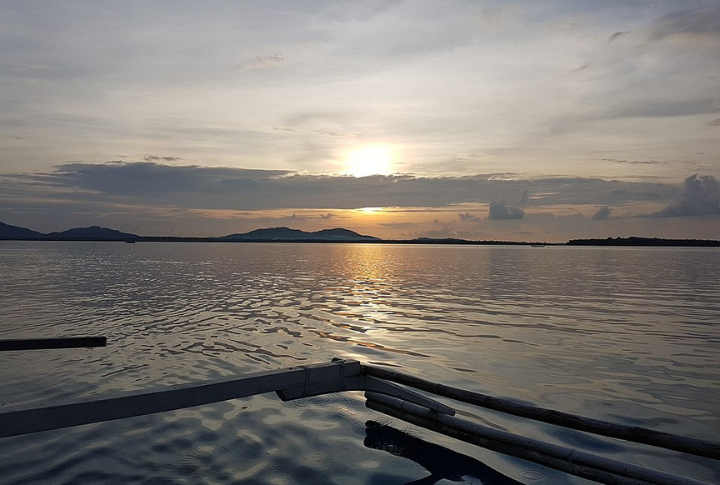
Mansalangan Sandbar is a shimmering stretch of white sand surrounded by turquoise waters. Often overlooked due to its difficult access and lack of infrastructure, it remains one of the most pristine sandbars in the country. With no shade, vendors, or crowds, it feels like your own private slice of paradise.

